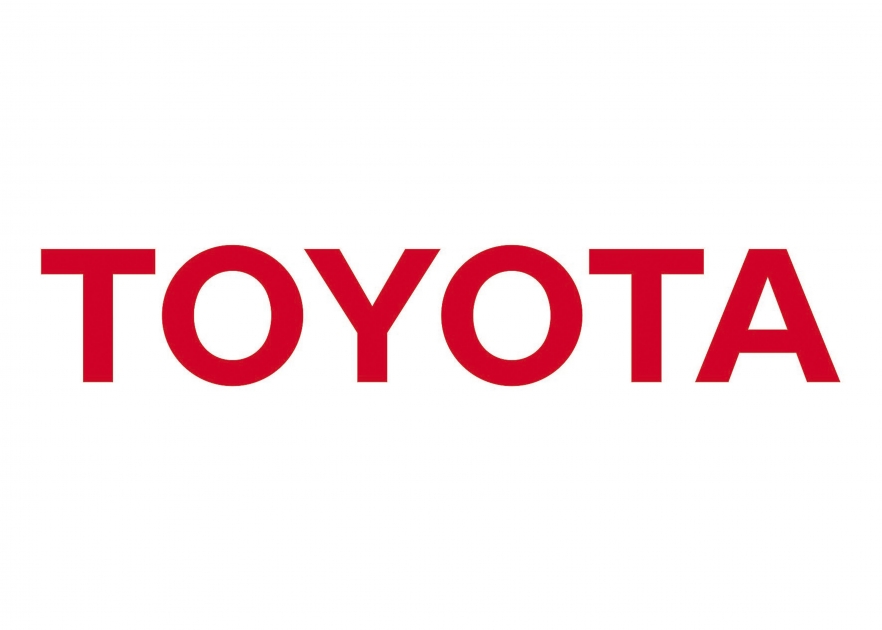
Toyota Enhances its Virtual Crash Dummy Software with Child Models
In a move aimed at developing safer vehicles, Toyota will utilize new additions to its Total Human Model for Safety (THUMS) virtual crash dummy software to eliminate traffic fatalities and injuries while making an even more diverse range of testing possible. Toyota has added three new models to represent children aged ten, six, and three to Version 4 of the software. THUMS allows injuries sustained by human bodies during vehicle crashes to be simulated on the computer.
THUMS forecasts the extent of injuries sustained throughout the human body, and thus, is utilized in the technological development of passenger protection devices such as airbags, and to contribute to improved vehicle safety performance. THUMS is also increasingly being used in the field of motorsports. For example, it has been used by NASCAR (the U.S.-based National Association for Stock Car Auto Racing) to analyse high-speed impacts, leading to better seat structure design thereby reducing the likelihood of rib fractures sustained by drivers as a result of racing accidents.
The ten-year old (138cm tall), six-year old (118cm tall) and three-year old (94cm tall) additions to THUMS Version 4 represent the average physique of children at each respective age. As with the large male (189cm tall), average-build adult male (179cm tall), and small female (153cm tall) models that are already being sold, the new models will come in two versions―a passenger version and a pedestrian version―for a total of six new additions to the THUMS line-up. This expanded line-up takes into consideration the influence of age and physique, and allows for a more thorough injury analysis.
“Toyota since its founding has been committed to producing vehicles that are safe and provide peace of mind,” said Takayuki Yoshitsugu, Chief Representative, Middle East and North Africa Representative Office, Toyota Motor Corporation. “The addition of the new child models provides a valuable tool in the development of safer vehicles. Toyota has consistently conducted safety-related activities based on three pillars: development of safe motor vehicles, educational activities concerning traffic safety, and participation in traffic-environment development.”
Mr. Yoshitsugu added, “Toyota will continue to use THUMS for analyzing internal injuries resulting from automobile collisions, and apply the results to develop various improved safety features. We sincerely appreciate the trust and support from our customers for our safety-related efforts.”
This latest THUMS Version 4 of the software adds detailed models of internal organs enabling analysis of injuries to a wider range of internal organs. Internal organs are particularly vulnerable during collisions, accounting for approximately half of all injuries sustained during automobile collisions.
THUMS is used for a wide variety of purposes by automobile manufacturers, parts manufacturers, and universities both in Japan and overseas. It contributes to research on safety technologies not just at Toyota, but also by organizations all over the world. The ultimate desire of a mobile society is to advance towards the goal of eliminating traffic fatalities and injuries.
Toyota began developing THUMS in 1997 in cooperation with Toyota Central R&D Labs, Inc. THUMS Version 1 was completed and commercially launched in 2000, followed by Version 2 in 2003, which added a face and bones to the model. Version 3, launched in 2008, added a precise brain model. Version 4, with detailed modeling of internal organs, was completed and released in 2010.


























